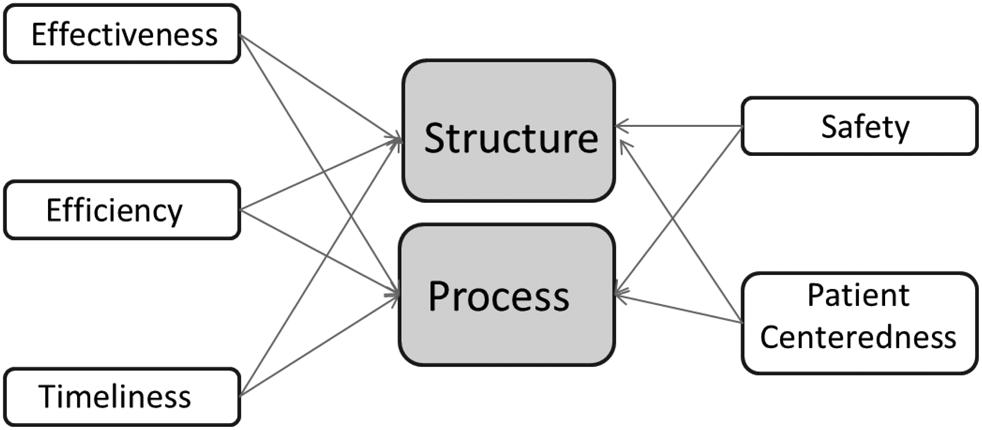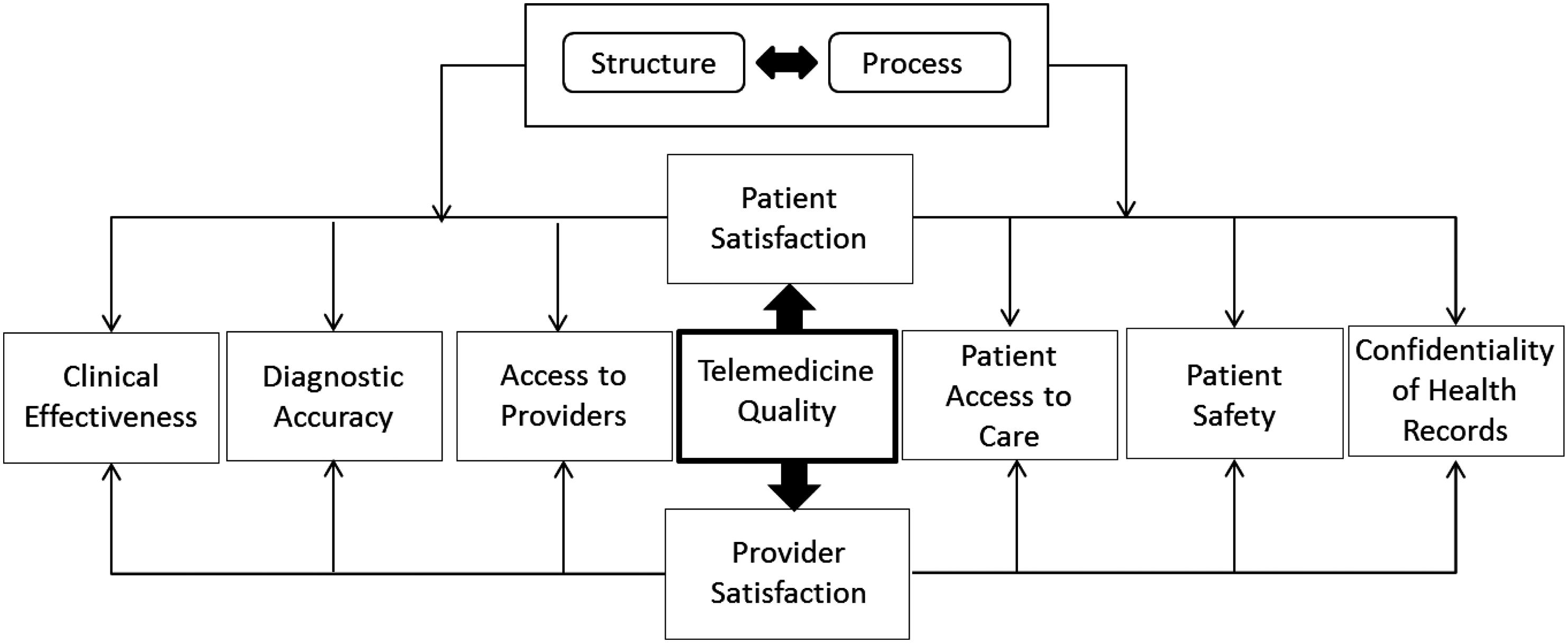
1 minute read
The Institute of Medicine (IOM) Model
measures for surgery (e.g. the appropriate use of perioperative antibiotics), process measures are the predominant quality indicators for both inpatient and outpatient medical care. Switzer et al. (2009) envision Telestroke 2.0, an integrative web-based telestroke system combining high-quality audiovideo transmission, the ability for consults and teleradiology to be conducted from any desktop or laptop computer with web access, decision and technical support, the creation of billable physician documentation, and electronic medical record connectivity (Switzer et al., 2009). In addition, a multimedia messaging service can transmit important scan images to experienced staff to facilitate accurate and prompt diagnosis and commence optimal treatments.
The Institute of Medicine (IOM) Model
Advertisement
Another model for evaluating quality issues in telemedicine is based on the Institute of Medicine’s (IOM’s) six aims of quality healthcare. The report Crossing the Quality Chasm: A New Health System for the 21st Century calls for national action to address serious and well-documented quality shortcomings in the U.S. healthcare system (IOM, 2001). The report proposes a restructuring of the healthcare delivery system so Americans will consistently receive the quality of care they deserve. To this end, the report recommends the adoption of six quality aims for improvement, defined as follows:
◾ Safe: Avoiding injuries to patients from the care intended to help them ◾ Effective: Providing services based on scientific knowledge to all who could benefit and refraining from providing services to those not likely to benefit (avoiding underuse and overuse, respectively) ◾ Patient-Centered: Providing care that is respectful of and responsive to individual patient preferences, needs, and values and ensuring that patient values guide all clinical decisions ◾ Timely: Reducing wait times and sometimes harmful delays for both those who receive and those who give care ◾ Efficient: Avoiding waste, including waste of equipment, supplies, ideas, and energy ◾ Equitable: Providing care that does not vary in quality because of personal characteristics such as gender, ethnicity, geographic location, and socioeconomic status
Despite the attractiveness of tele-intensive care unit (ICU) and its increasing adoption, few trials have evaluated its effect on outcomes. Therefore,





